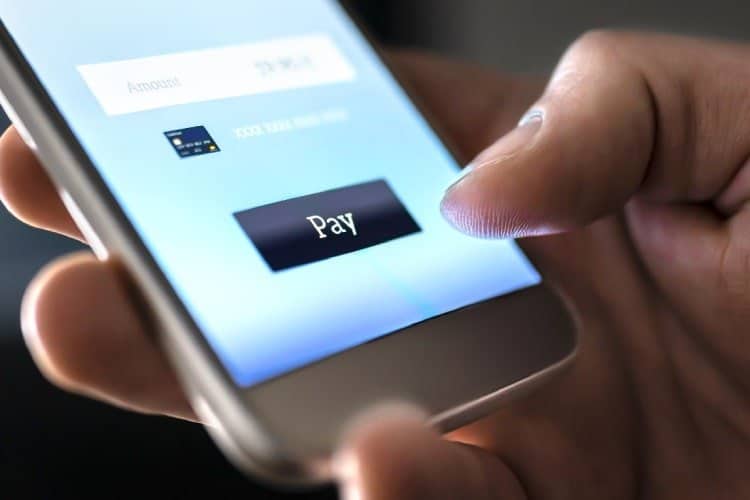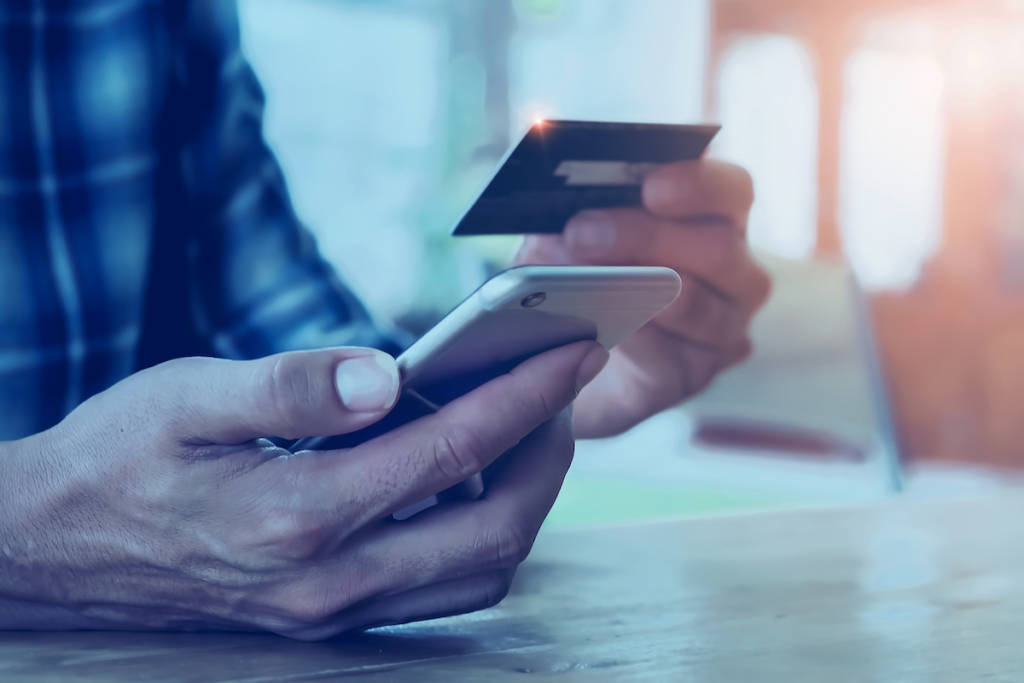In a year that has seen the introduction and rollout of Apple Pay and the Apple Watch, yesterday’s launch of Android Pay and Samsung Pay purchasing Loop Pay as it loads up the arsenal to head to the mobile wallet war battleground, it comes as no surprise that the topic du jour is all things mobile. I actually think we need to be a step further—it’s mobile, wearables and the internet of things (IOT), or simply put, the connected lifestyle.
Raise your hand (or more appropriately, take a step forward) if you own a Fitbit or some other activity tracker? Congratulations; you’re on your way to 10,000 steps! In all seriousness though, wearables is no longer gimmicky, which anyone who owned the Casio classic calculator wristwatch must by now admit was just that, gimmicky.
People all around you have smart devices on their wrists; just look at how many Fitbits are being worn by random folks, and you definitely see the occasional Apple Watch as well (I can’t wait to get mine with an Hermes wristband which was announced at the “other” big tech conference in Cupertino). People are rapidly changing their long-held habits where a watch is no longer just a time piece, it’s a connected lifestyle statement.
And as such, I’m making the early call and declaring 2016 the year of the Internet of Things, aka, the aforementioned connected lifestyle.
It’s important for our industry to take note of how and WHY this category of technology is taking off. Take a look at any health tracker—you can see your daily performance, goals and more. So why wouldn’t you be able to or want to see your net worth on a daily basis?
That’s as important to some people as the number of steps are to others…and it’s a natural evolution of this broad concept. And imagine if you could start marrying together information like health and finances, location and purchasing, etc. The possibilities that open up are endless.
Let’s play this out in a financial-related scenario. Pick a connected item—the new Ford Fusion, for example. Cars today have the potential to do a lot in this space, especially as the new model years are boasting their ever-growing lists of connected capabilities.
Say I use financial institution XYZ; if I can pull up on my phone, that’s connected to my car’s dashboard that I’m headed to the bank and I’ve already started a home equity application at home, the bank could in theory physically track me and know when I’ll arrive at the branch, factoring in the real time traffic—and when I arrive, that paperwork is there awaiting me, as I walk in, saving me and the bank time and adding to my convenience.
When I pull into the local parking garage, my space is picked and paid for with the ‘turn-by-turn’ voice telling me which spot is free so I no longer have to stalk unsuspecting shoppers as they walk to their vehicles.
All of these tasks are simplified to the point where they’re seamless and painless, with transactions happening in the background. And all the while, the bank is collecting this data, which can be used to allow them to deliver more value to you, the consumer, and if I choose to allow it, local business partners that can offer me direct offers/savings—a major win-win for every part of the ecosystem.
The Internet of Things is no longer a leap of faith; people have already made the jump. Whether or not they know it is the question. These market changes, additions, and advances truly will require trusting partnerships to make sure we land on the other side at a sprint and not a tumble.
I have the feeling that we are still at the beginning of the banking evolution journey, the question remains, will you be ready to take the leap with us?
We’ll be highlighting these topics in more detail next week…for those of you attending, we look forward to spirited discussions. For those of you not attending, we’re always happy to chat!




